Physical Address
304 North Cardinal St.
Dorchester Center, MA 02124
Physical Address
304 North Cardinal St.
Dorchester Center, MA 02124
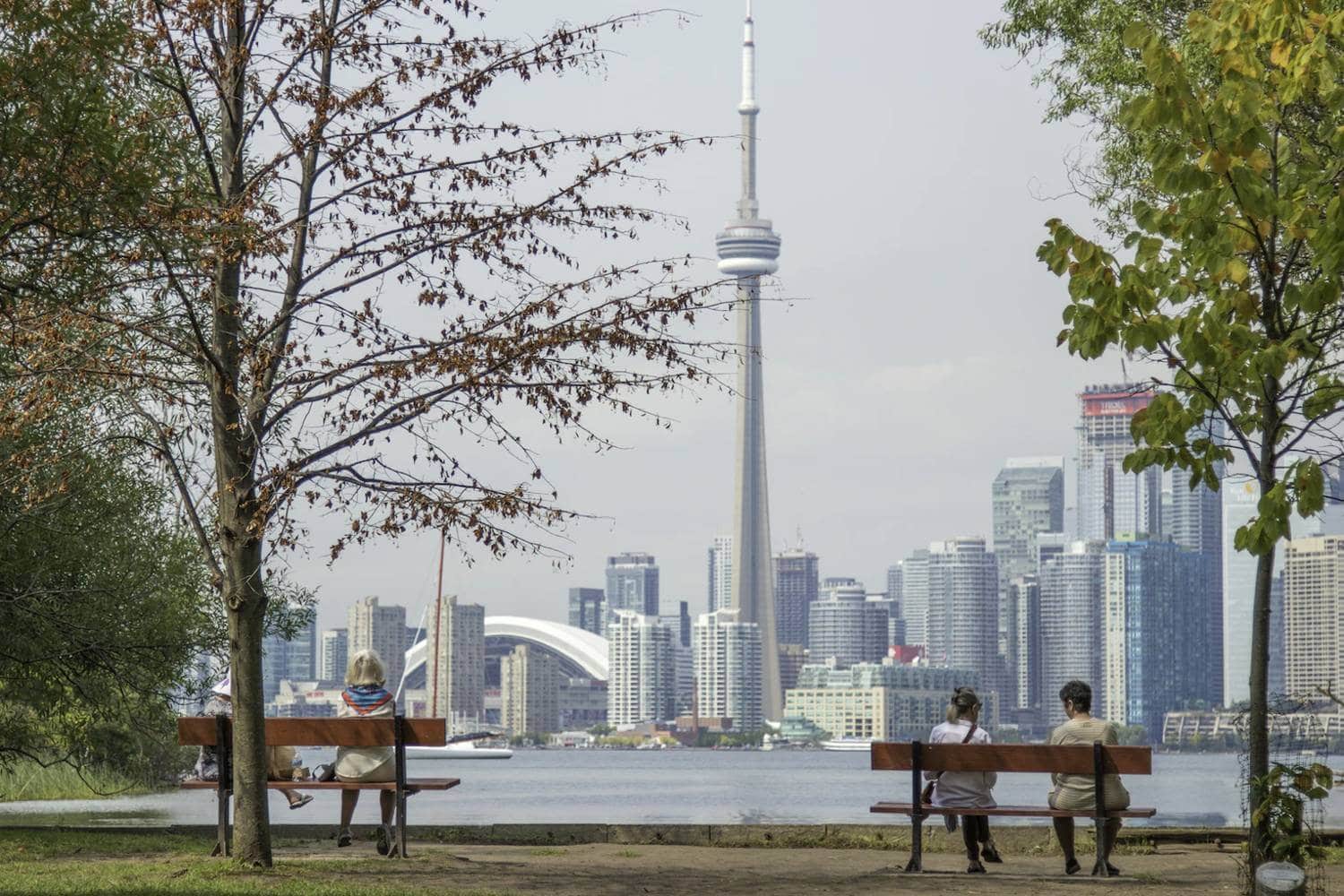
We all know Canada is often associated with bone-chilling winters, but did you know it’s also home to some of the warmest places to live? With average temperatures that could rival some tropical destinations, these Canadian cities offer a welcome reprieve from colder climates.
We’ve rounded up Canada’s top 10 hottest places based on their average annual temperatures. These locations are considered the most suitable for warm living in Canada.
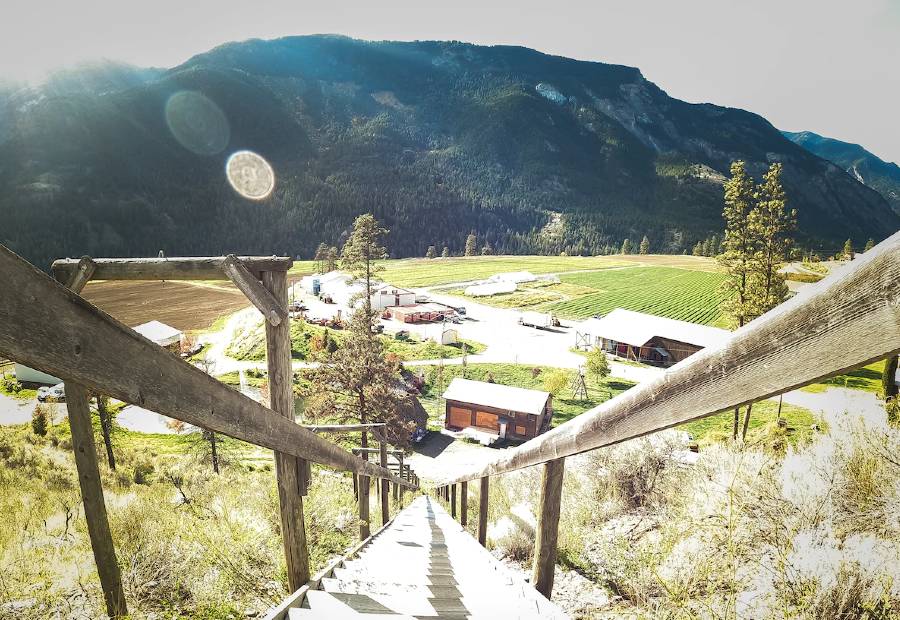
Lytton, a small village in southern British Columbia, has claimed fame as Canada’s hot spot due to the record-breaking temperature of 49.6°C heat in the summer of 2021. This temperature made it the hottest place in Canada and one of the hottest locations in the world.
Although Lytton has an annual average temperature of 3.5 °C | 38.2 °F, it still gets incredibly hot during summer. Warm weather and mild winters make it an ideal climate for mountain biking, downhill skiing, and cross-country skiing.
Lytton’s record-breaking temperature has put it on the global map, but its destruction has brought attention to the impacts of climate change and the devastation it can cause. Let us hope that the rebuilding efforts are successful and the residents of Lytton can return to their homes and rebuild their lives.
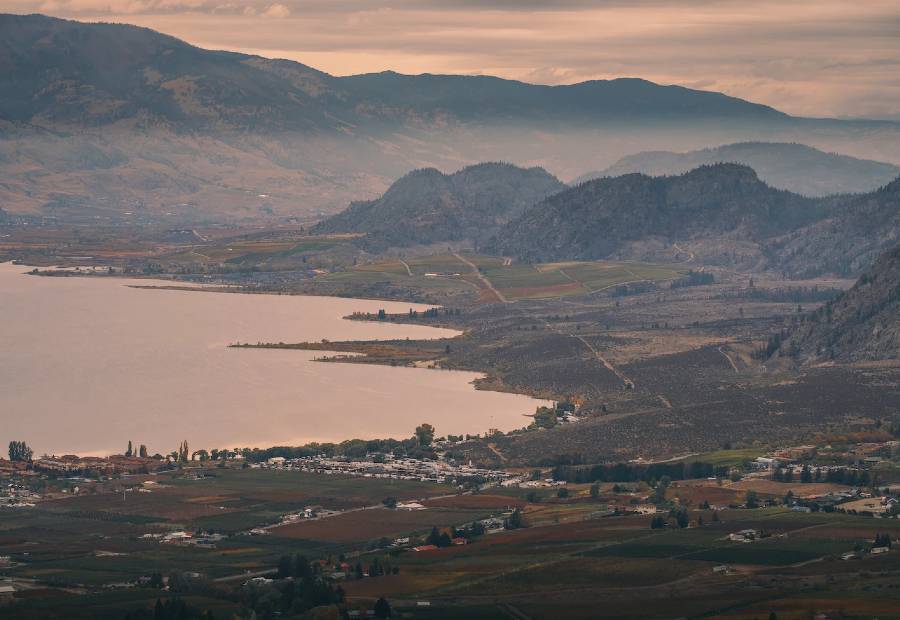
Osoyoos, BC, is known as the warmest destination in Canada during winter for travellers. This small but vibrant town is nestled in the southern Okanagan region of British Columbia.
With an average yearly temperature of 14.5 degrees Celsius and an annual mean temperature of 10.1 degrees Celsius, Osoyoos experiences hot summers and mild winters, making it an all-year-round destination for outdoor enthusiasts. Its main attraction is its warmest lake, the Osoyoos Lake, which is ideal for swimming, boating, and other water activities.
Living in Osoyoos has its advantages and disadvantages. On the upside, the town’s warm climate makes it an ideal destination for those who enjoy outdoor activities such as mountain biking, water sports, or skiing at the nearby Mount Baldy Ski Area. On the downside, the town’s desert environment can generate extreme temperatures during the summer months, with the hottest temperatures that pass the 40-degree Celsius mark and dryness, which can cause wildfires.

Victoria is ideal for those who love warm weather and mild climates. Situated on the southern tip of Vancouver Island, Victoria is known for its stunning natural beauty, rich history, and thriving industries.
Out of all the cities in Canada, Victoria claims the title of the warmest place. With an average annual temperature of 9.9 degrees Celsius, winters are mild, and summers never get too hot. This makes Victoria an ideal place to experience the great outdoors throughout the year.
Visitors can enjoy various activities in Victoria, regardless of the season. During the summer, there are plenty of outdoor activities, such as taking a historical walking tour of the city, visiting stunning castles and museums, or exploring the many beautiful gardens.
In the winter, visitors can still enjoy the city with activities such as taking a horse-drawn trolley ride through the downtown core or going on a garden tour to see the beautiful winter foliage.
Victoria’s main industries include technology, marine, and tourism. Visitors can easily access Victoria’s many amenities and attractions, with a bustling port and a vibrant downtown core. Whether you’re coming for business or leisure, Victoria is a must-visit spot in Canada.

Vancouver, BC, is considered to have a warm and mild climate and is located in the southern part of the province. It experiences milder temperatures year-round when compared to other cities across Canada.
Vancouver experiences an average daily high temperature of 6.9 degrees Celsius (44 degrees Fahrenheit) and daily lows of 1.4 degrees Celsius (34.5 degrees Fahrenheit) in January. While not as warm as Florida or Hawaii, spending time outdoors is still pleasant. Additionally, occasional warm and sunny days in the middle of winter can feel like a spring preview.
Vancouver typically does not have snow throughout the year, but there is a high chance of experiencing the city’s well-known rain during winter. Bringing an umbrella or rain jacket is recommended to ensure the weather doesn’t hinder your enjoyment of the city.

Penticton is especially well-known for its moderate winters. Unlike much of Canada, Penticton doesn’t experience the deep cold that many dread during the dead of winter. Instead, residents enjoy comfortable temperatures for outdoor activities like mountain biking and hiking.
The yearly average temperature in Penticton is a pleasant 8.2 °C. However, the average temperature in August climbs to a positively balmy 21 °C. It’s the perfect time to take advantage of Penticton’s outdoor activities.
With its perfect climate, lakeside living, and proximity to a major city, it’s an ideal location for anyone looking for a comfortable and enjoyable lifestyle.

Kelowna, British Columbia, is a good option to avoid cold weather and rain. The climate in West Kelowna is characterized by warm temperatures and occasional rainfall during the winter months, while summer days tend to be hot. Kelowna has an average temperature of 8.4 °C | 47.2 °F and an annual rainfall of 691 mm | 27.2 inches.
Kelowna and the Okanagan region are popular tourist destinations, especially in the summer, due to the hot weather and variety of water activities available at the lake. However, there are also numerous reasons to visit during winter, such as winter hiking, spa treatments, and dining at acclaimed restaurants.
Kelowna, located near some of British Columbia’s top ski resorts, offers the opportunity to experience winter sports whenever desired. It is recommended to bring appropriate ski equipment.
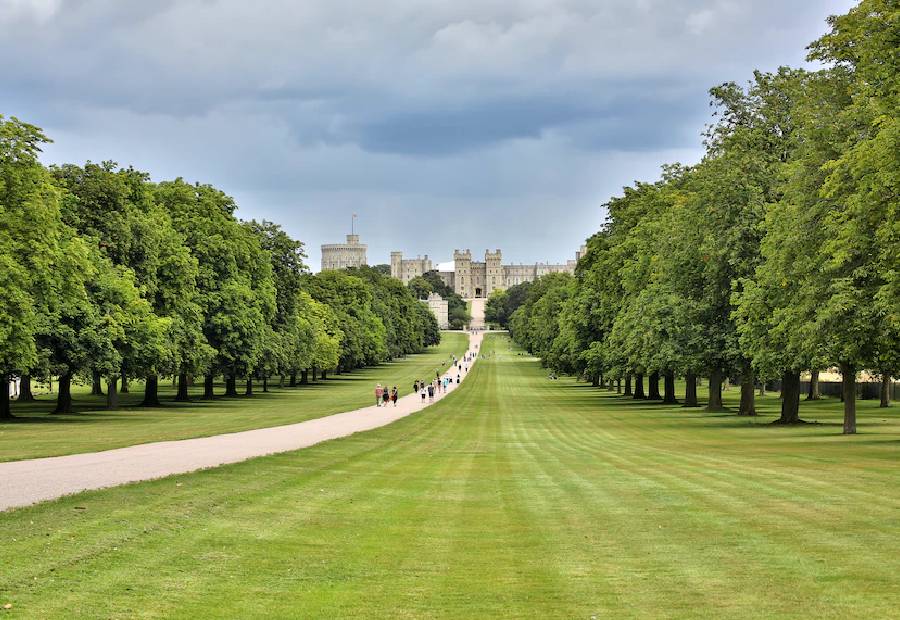
During the summer months, Windsor’s average summer temperature is around 23°C. The warm weather makes it ideal for outdoor activities such as mountain biking, boating in Lake Erie, and hiking. As per average summer temperature, the hottest city in Canada should be Windsor, Ontario.
You can also use the city’s green spaces, like Belle Isle Park or the Riverfront Trail. For those looking to cool off during the humid summers, Windsor boasts some of the best beaches in Canada.
When winter arrives, the city becomes a wonderland with plenty of activities. You can try cross-country skiing, downhill skiing, or snowboarding.
Windsor’s average temperature of 10°C makes it an excellent place for those who enjoy a mild climate year-round. Though it does experience cold winters, the average winter temperature hovers around -3°C, milder than some other Canadian cities.
Windsor’s climate is perfect for those who seek to escape the extreme temperatures of the arctic climate region.

Toronto is located on the northwestern shore of Lake Ontario and is the capital of Ontario. Toronto is a vibrant and affordable city known for its endless list of activities for both winter and summer.
This Canadian metropolis is a must-visit destination for anyone who wants to experience some of the best and most diverse experiences North America offers.
The climate in Toronto is a mix of hot summers and cold winters, and it experiences a continental climate region. The average temperature in the summer is around 8.7°C (47.7°F), making it a perfect time to enjoy outdoor activities. In the winter, temperatures often drop as low as -10°C (14°F), with snowfall occurring throughout the season, making it a great time for winter activities such as skiing and skating. The annual rainfall in Toronto averages at 845 mm (33.3 inches).
In addition to its weather and endless recreational opportunities, Toronto is also known for being the largest city in Canada and the most populous city in Ontario. It is an ideal location for anyone seeking a warm and welcoming environment. Visitors can explore the city’s diverse neighbourhoods and enjoy Toronto’s vibrant culture and cuisine.

London is in southwestern Ontario, Canada, just north of Lake Erie and the U.S. border. It is home to various museums, including Museum London and the Children’s Museum and the University of Western Ontario, located within the city.
In southwestern Ontario, London has a humid continental climate with warm summers and cold winters. Its average annual temperature is 21.7°C.
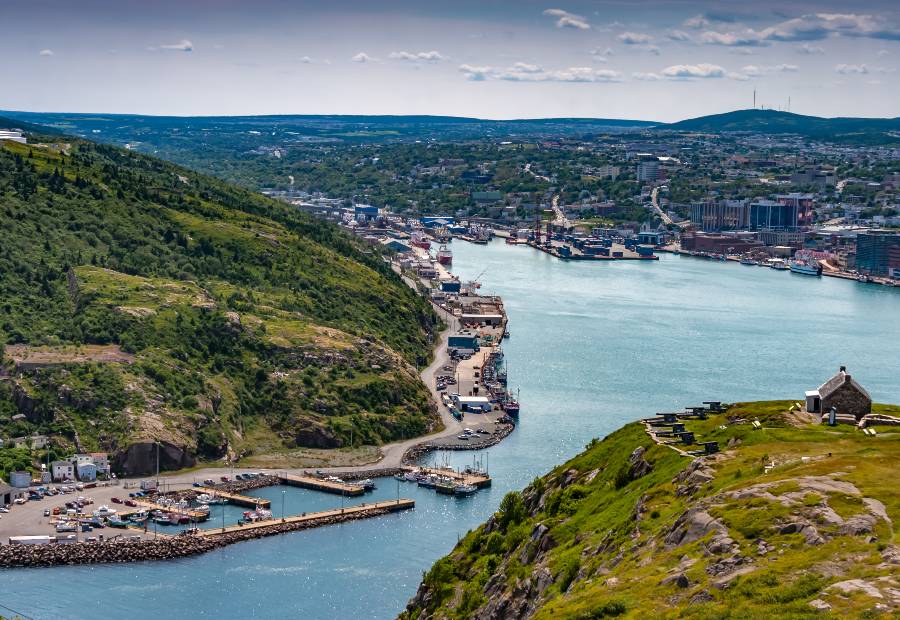
St. John’s is recognized for its charming row houses, which are well-known for their vibrant colors. The Jellybean Row is a popular location for capturing photographs of colourful homes.
Visitors in the winter may encounter various weather conditions, but extremely cold temperatures are unlikely due to the Gulf Stream. Winter temperatures are comparable to those of Kelowna, BC.
St. John’s, located on the eastern edge of Canada, has an average annual temperature of 5.7°C (42.3°F), making it the coolest among the warmest cities. It is still considered one of the warmest places to live in Canada compared to other cities in the same region.
In summary, these are the warmest places to live in Canada, offering residents and visitors comfortable climates ideal for outdoor activities such as mountain biking and skiing during winter. Canada has more to offer in terms of climate than just bone-chilling winters.